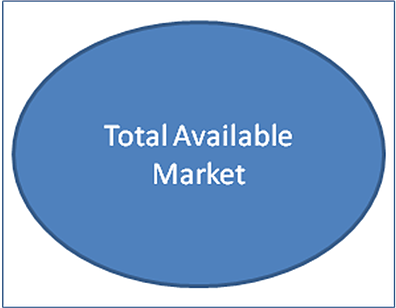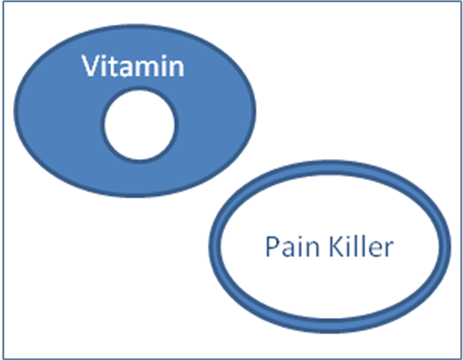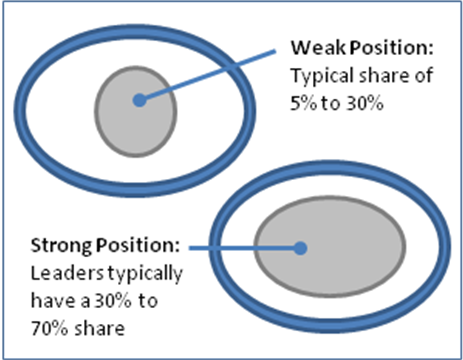Semaphore Forms Joint Venture with Topline Strategy
to Provide Technology Due Diligence
As you may have read in our last S4 Reporter, Cris Miller, the founding director of our Technology Due Diligence Practice retired last Friday September 30th. With Cris’ departure, we decided to form a Joint Venture with Topline Strategy, a Boston-based provider of strategy consulting services to technology companies, in which Topline will take over day-to-day management of the practice. It will operate under the name The Semaphore Technology Diligence Practice.
Over the last 5 years, we have formed a close partnership with Topline Strategy, working on dozens of engagements together. Together we’ve been able to provide our clients more complete answers to questions about their technologies and the markets for those technologies.
With the retirement of Cris Miller, who was the driving force behind our Technology Due Diligence practice, we thought the best way to continue our commitment to clients as well as grow the practice was through a Joint Venture with Topline Strategy. Through our long partnership, the Topline team has demonstrated a true understanding of Technology Due Diligence as well as built strong relationships with our principal technologists and major clients. Having them take the business forward was a natural. We have been working together on the creation of, and transition to this, Joint Venture for the last three months.
As part of the agreement Cris Miller will be joining Topline Strategy as an advisor and Topline Strategy will continue to work closely with our Private Equity Advisory group, providing both strategy consulting and technology due diligence services to Semaphore’s clients and portfolio companies.
As Topline Strategy will be the operating partner in our Joint Venture, going forward, please feel free to contact Jon Klein (jon@toplinestrategy.com) with any questions about Technology Diligence or visit its website www.toplinestrategy.com. Of course, you can also reach me (mdisalvo@sema4usa.com) if you have any questions. I know you join us in wishing Cris well in his retirement as Topline and Semaphore continue to fulfill our common promise and commitment to aiding investors and the M&A community with the right knowledge and correct solutions to ensure success.
Mark S. DiSalvo is the President and CEO of Sema4 Inc., dba Semaphore (www.sema4usa.com), a leading global professional services provider of Private Equity funds-under-management. Semaphore currently holds fiduciary obligations as General Partner for seven Private Equity and Venture Capital funds, is a New Markets Tax Credit lender and advises General and Limited Partners as well as corporations around the world. Semaphore’s corporate offices are in Boston with principal offices in New York and London.






